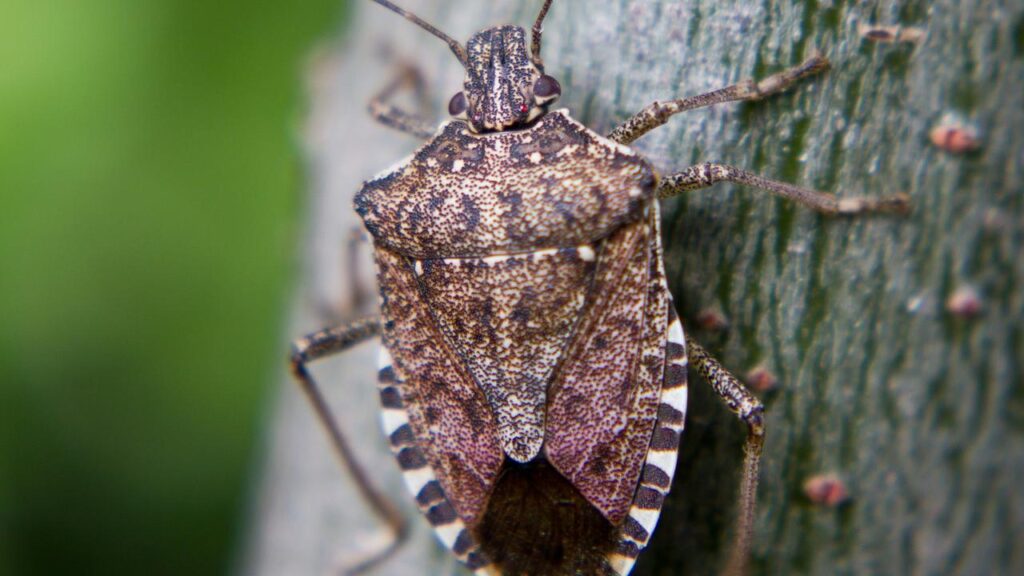The discovery of a stink bug has sparked fears of a crop hazard

Image credit: Daily Telegraph
As part of a surveillance programme, a stink bug that may ruin crops and infest dwellings was captured in Surrey.
The brown marmorated stink bug is native to Asia, but it has made its way to portions of Europe and the United States, where it can wreak havoc on fruit crops.
A single stink bug was caught at RHS Garden Wisley this summer, just weeks after a pheromone trap was set up.
The adult could be an undiscovered native population or a stowaway brought in on imported items.
Within a decade, according to Dr. Glen Powell, head of plant health at RHS Garden Wisley, the stink bug might be prevalent in gardens and homes.
It’s unclear whether stink bugs live undetected in portions of England or if they’re infrequent guests who come in on imported items or passenger luggage and only stay for a short time. So yet, no eggs or juvenile bugs have been discovered, indicating that the beetle is reproducing and establishing a home.
The bug has only been caught twice before in pheromone traps set up to attract it using a natural chemical – both times as lone individuals. The prior discoveries were made at Rainham Marshes in Essex and the Natural History Museum’s wildlife garden in London.
The insect has been discovered in the UK on many occasions, according to Defra, in passenger luggage flown in from the United States, apparel and wood imports from the United States, and stone imported from China.
The trap at Wisley is part of a Defra-funded national monitoring project managed by NIAB EMR, a plant science research company in Kent.
Brown marmorated stink bugs get their name from the odour they emit when threatened. They have a distinctive rectangular-shaped head.
In the United States, they can infest homes in large numbers, causing havoc for farmers by damaging fruit such as nectarines and peaches, as well as feasting on a variety of ornamental trees, vegetables, and other plants.
Invasive species harm the UK economy by £1.8 billion per year and endanger the existence of other plants and animals.
